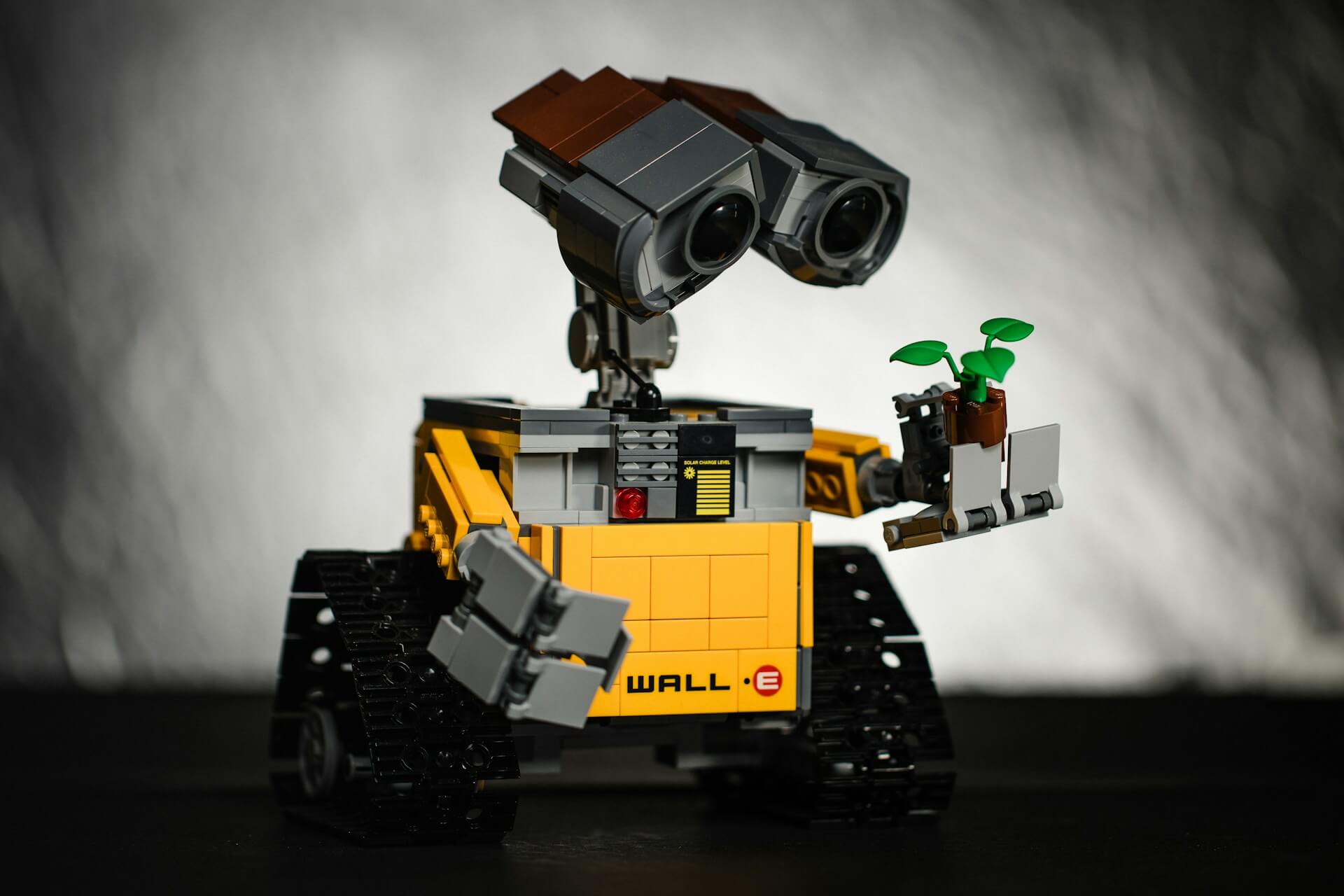The field of robotics is advancing at an unprecedented pace, promising to transform the way we live, work, and interact with the world around us. From industrial automation to personal assistants, the potential applications of robotics are vast and varied.
This revolution is being driven by various emerging technologies that are enhancing the capabilities of robots, making them smarter, more adaptable, and more efficient than ever before.
Tech enthusiasts, innovators, and robotics engineers stand at the threshold of a new era, eagerly anticipating the next breakthroughs and their applications.
One fascinating example of cutting-edge technology in action is the use of drones in various fields, one of them being golf course management.
These advanced technologies, often referred to as drone golf course solutions, represent a significant innovation in how courses are maintained and monitored.
By utilizing drones, golf course managers can efficiently survey large areas, enabling precise mapping and better maintenance planning. This technology not only enhances the overall golfing experience by ensuring pristine course conditions but also improves efficiency and reduces costs.
The Heart of Innovation: Emerging Technologies in Robotics
Several key technologies are reshaping the landscape of robotics, each offering unique contributions that propel the capabilities of robots to new heights.
Artificial Intelligence (AI) and Machine Learning (ML)
AI and ML are arguably the most significant contributors to the advancement of robotics.
By integrating AI algorithms, robots can process information, learn from experiences, and make decisions or predictions, mimicking cognitive functions associated with human intelligence. This endows robots with the capacity for recognition, planning, and problem-solving.
Internet of Things (IoT)
IoT technology allows robots to be interconnected and communicate with other devices over the internet, creating a network of physical objects embedded with sensors, software, and other technologies.
This connectivity enables robots to collect and exchange data, facilitating more coordinated and intelligent responses to complex tasks and environments.
Advanced Sensors and Vision Systems
Robotics has made leaps and bounds through advancements in sensor technology and vision systems. Robots equipped with these technologies can better understand and interact with their surroundings, achieving greater autonomy.
This includes object recognition, navigation, and environmental monitoring, critical for applications ranging from autonomous vehicles to surveillance drones.
Machine-to-Machine (M2M) Communication
M2M communication technology allows robots to “talk” to each other without human intervention, enabling collaborative efforts that can accomplish tasks more efficiently and effectively.
This capability is especially beneficial in industrial applications where precision and coordination are crucial.
Soft Robotics
Soft robotics revolves around constructing robots from highly flexible materials, simulating the versatility and dexterity of living organisms.
This technology opens up new possibilities in areas where traditional robots might be too rigid or clumsy, such as delicate surgical procedures or tasks requiring gentle handling.
Revolutionary Applications Transforming Industries
The integration of these emerging technologies in robotics is not just about creating more advanced robots; it’s about harnessing their potential to revolutionize various fields. Here are some exciting applications:
Healthcare
Robots in healthcare are performing complex surgeries with precision beyond human limitations, providing assistance in rehabilitation, and automating routine tasks in hospitals to reduce the workload on medical staff.
Agriculture
In agriculture, robots equipped with AI and advanced sensors are being used for tasks such as planting, weeding, and harvesting crops. These robots can monitor crop health, optimize water use, and even predict harvest times, leading to increased efficiency and yield.
Manufacturing
The manufacturing sector has been at the forefront of adopting robotics, with robots performing a wide range of tasks from assembly line production to intricate component manufacturing.
Advancements in robotics are paving the way for fully automated factories, where robots can work alongside humans or independently, enhancing productivity and safety.
Environmental Monitoring and Conservation
Robots are being deployed for environmental monitoring and conservation efforts, such as tracking wildlife, measuring pollution levels, and even planting trees.
Equipped with IoT and advanced sensors, these robots can gather vital data from remote or hazardous locations, contributing valuable insights to research and conservation strategies.
Exploration
The field of exploration, especially in space and deep-sea environments, has greatly benefited from robotics.
Robots, unaffected by the harsh conditions faced in these environments, can go where humans cannot, from the surface of Mars to the depths of the ocean, expanding our understanding of the universe and our planet.
Looking Ahead: The Future of Robotics
The intersection of emerging technologies and robotics is a dynamic arena of innovation, holding immense promise for addressing some of the world’s most pressing challenges.
As these technologies continue to evolve, we can expect to see robots becoming increasingly integral to our daily lives, transforming industries, and opening up new frontiers for exploration and discovery.
For tech enthusiasts, innovators, and robotics engineers, this is an exciting time. The advancements in robotics not only signify a leap forward in technological capabilities but also offer a canvas for creativity, ingenuity, and impact.
The future of robotics, fueled by these emerging technologies, is bright and boundless, and its applications are only limited by our imagination.




